LED teeth whitening has become a trending category in at-home oral beauty devices. Social media influencers show dazzling transformations, while consumers increasingly look for convenient ways to improve their smile. But behind the hype lies a core question: Is LED teeth whitening science or gimmick?
From an OEM perspective, understanding the technology, its real effectiveness, and market expectations empowers smart brands to make informed decisions—especially when selecting a manufacturing partner.
The basis of LED teeth whitening science comes from the interaction between a whitening gel—usually carbamide peroxide or hydrogen peroxide—and a light source. The gel breaks down into reactive oxygen species that lift stains from the enamel.
LEDs don’t whiten teeth directly; instead, they act as a catalyst by accelerating the whitening reaction. When designed with the correct wavelength (typically blue light around 450–495 nm), LED light can increase reaction efficiency and help consumers see results faster.
While the technology is grounded in science, not all LED whitening devices deliver effective whitening. The final outcome depends on the synergy of three pillars:
Gel formulation: Concentration, stability, and sensitivity-control additives
Light architecture: Wavelength accuracy, output intensity, and heat management
User fit: Optimal tray design ensuring gel-to-tooth contact
A device lacking any of these elements risks being more “gimmick” than science. This is where OEM expertise becomes essential.
From the OEM perspective, a whitening device is only as strong as the engineering and formulation behind it. A qualified manufacturer evaluates:
Consistency in LED wavelength output
Safety testing and global compliance (FDA, CE, etc.)
Gel-light compatibility trials
Battery lifespan and charging reliability
Ergonomic fit and comfort
These factors ensure the product delivers results consumers can trust.
Today’s competitive beauty-tech market demands more than basic functionality. Smart brands succeed by choosing an OEM that offers:
R&D capabilities for custom gel formulations
Prototyping and rapid iteration for device design
Private labeling and certification support
End-to-end production scalability
Quality control systems with measurable performance data
A strong OEM partner becomes an extension of your brand—helping you build authority in a crowded marketplace.
Consumer expectations continue to rise. Emerging trends include:
Smart app integration for treatment tracking
Sensitivity-reduction technologies
Wireless mouthpieces
Dual-light systems (blue + red light for gum care)
Eco-friendly materials and packaging
Brands that innovate with their OEMs can differentiate themselves quickly and capture premium market segments.
So, is LED whitening a science or a gimmick? The truth is simple: LED teeth whitening works—when properly engineered. With the right gel, the right light, and the right OEM partner, the technology produces satisfying, measurable results.
For brands entering or expanding in the category, embracing an OEM perspective ensures you build a high-quality product that stands out. And for smart brands, effective whitening devices are more than just a product—they’re a competitive advantage.
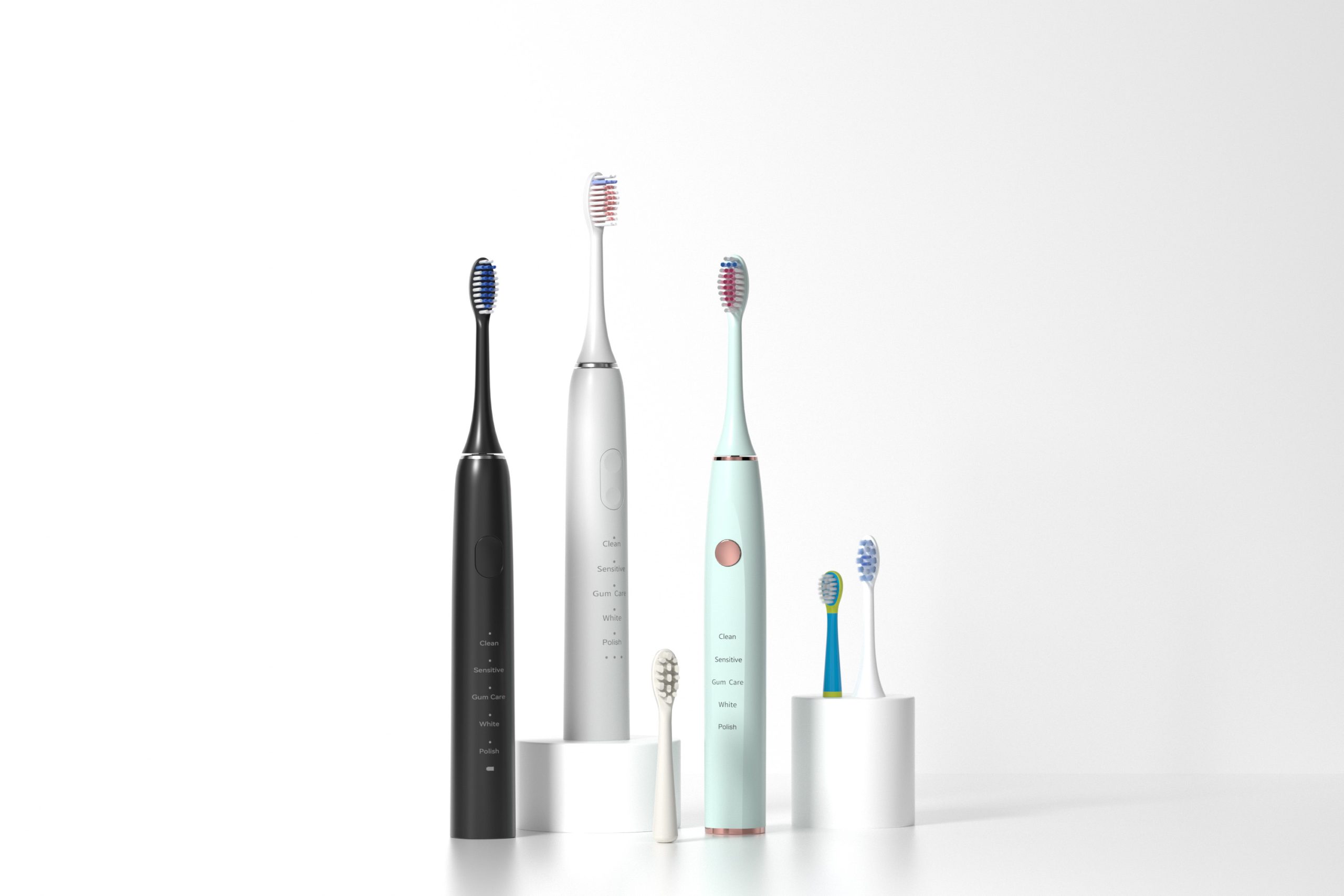
Best Electric Toothbrush Deals in San Francisco?
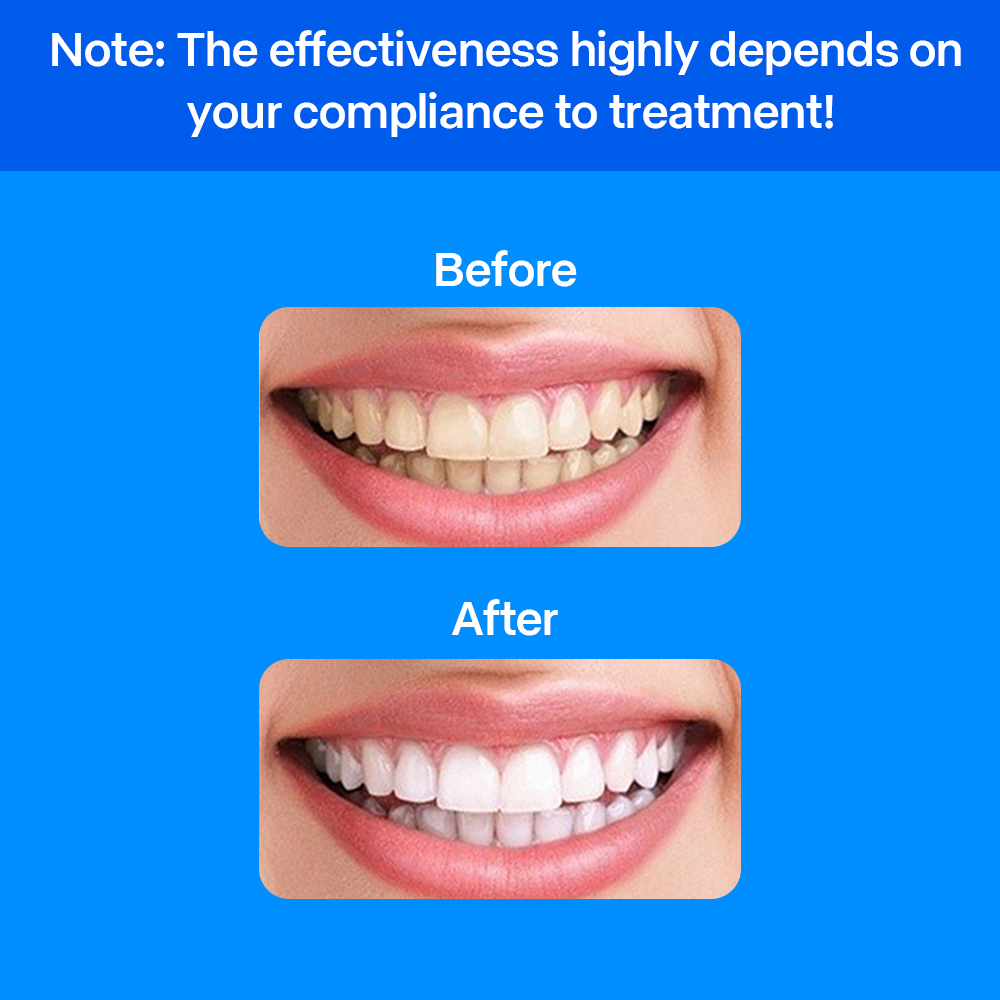
Introduction of 5 Important Teeth Whitening Products in Oral Care and Their Pros and Cons
Best Toothbrush for Doctors | Clinical Oral Care

How to choose a qualified oral irrigator manufacturer?
Noise Complaints from Handle Corrosion? A Silent Threat Uncovered!

What is the process of customizing an exclusively designed electric toothbrush?

How to Choose the Right Water Flosser Pressure Setting for Different Oral Types
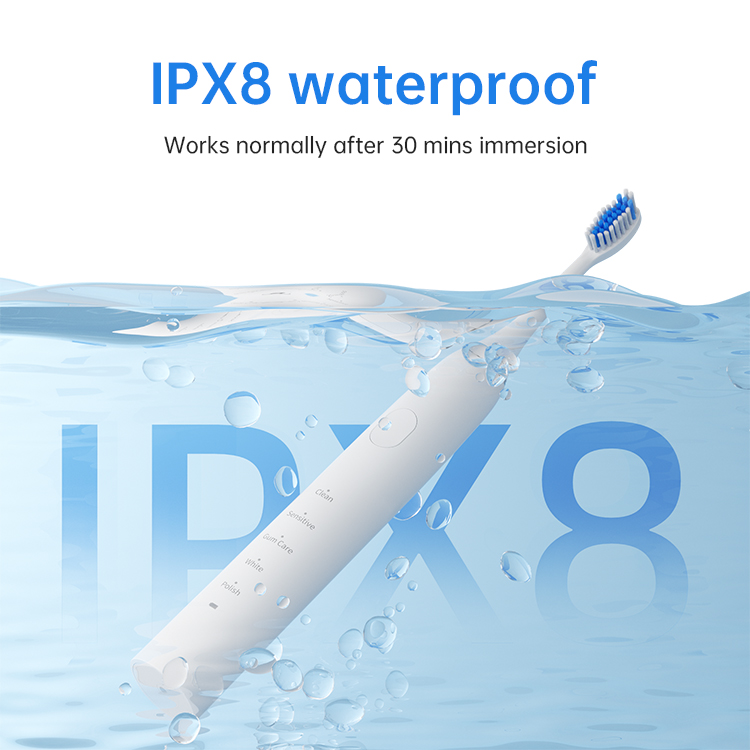
Can I Soak My Electric Toothbrush Handle in Vinegar? Manufacturer’s Answer
Waterproof Sonic Toothbrush for Spas | Professional LED Oral Care Devices
Bristle Splaying Leading to Gum Recession – Negligence?

Orthodontic Electric Toothbrush for Braces – Deep Cleaning Bristle Design
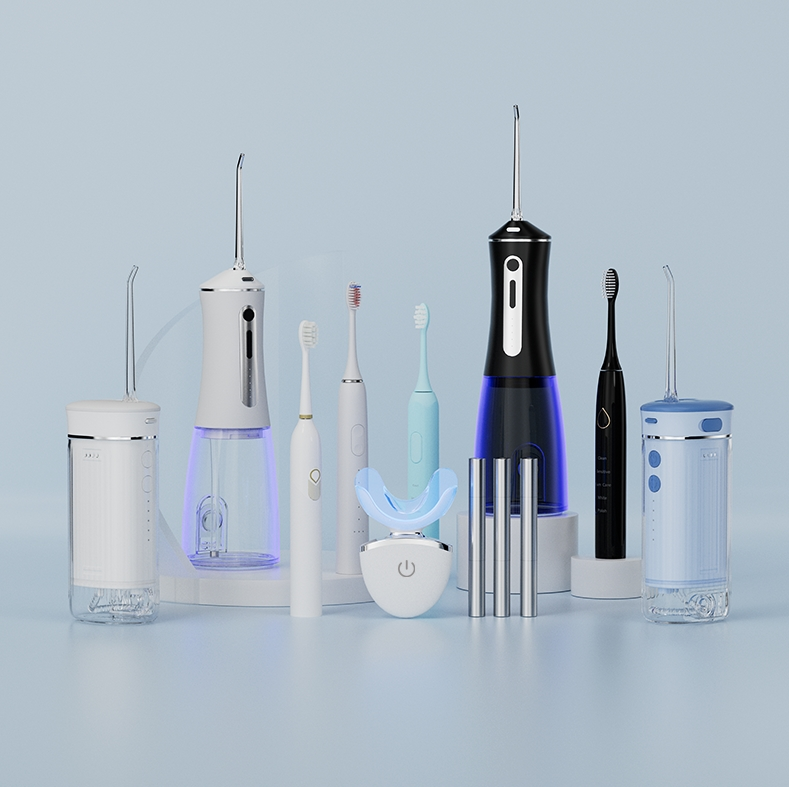
Electric Toothbrush Industry Report 2025: Growth Opportunities and Competition Analysis
.jpg)
Need Electric Toothbrush Wholesale Suppliers with OEM Electric Toothbrush Manufacturing Capabilities?
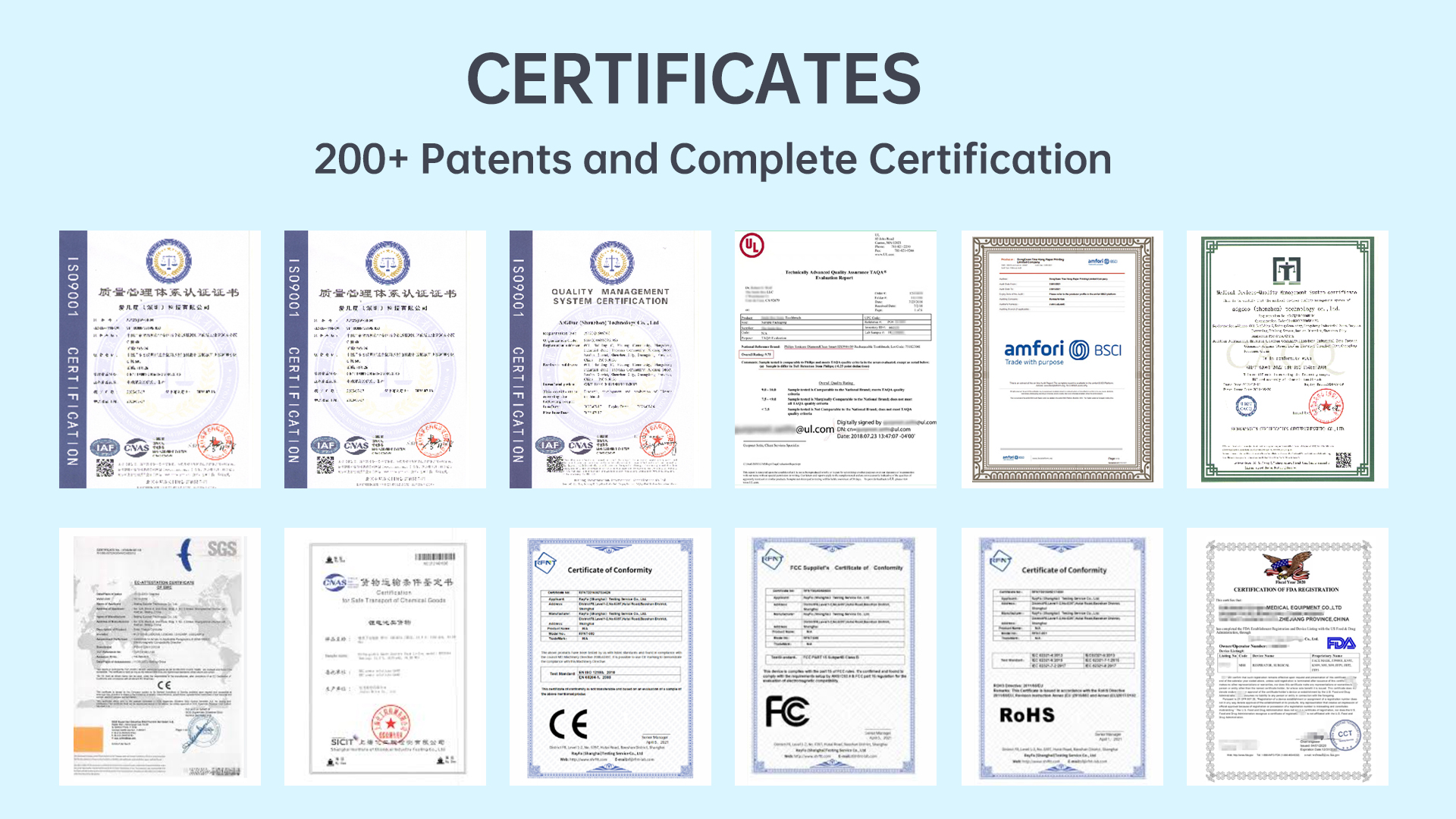
Teeth Whitener Regulations in EU & US: Strategic OEM Manufacturing Insights

Analysis of the Core Components of the Electric Toothbrush: Technical Secrets from the Motor to the Brush Head
Electric Toothbrush Christmas Gift Texas
.jpg)
Florida Electric Toothbrush – Powsmart PTR-C8

electric toothbrush heads Charcoal Infuse-Round

electric toothbrush heads Regular Clean

Electric toothbrush heads Charcoal Infused-Diamond

Customization Teeth Whitening Gel

electric toothbrush heads Ultra Soft

electric toothbrush heads Deep Clean

Private Label Whitening Gel
whstapp
whstapp
National Toll-Free Service Hotline
+86 755 86238638